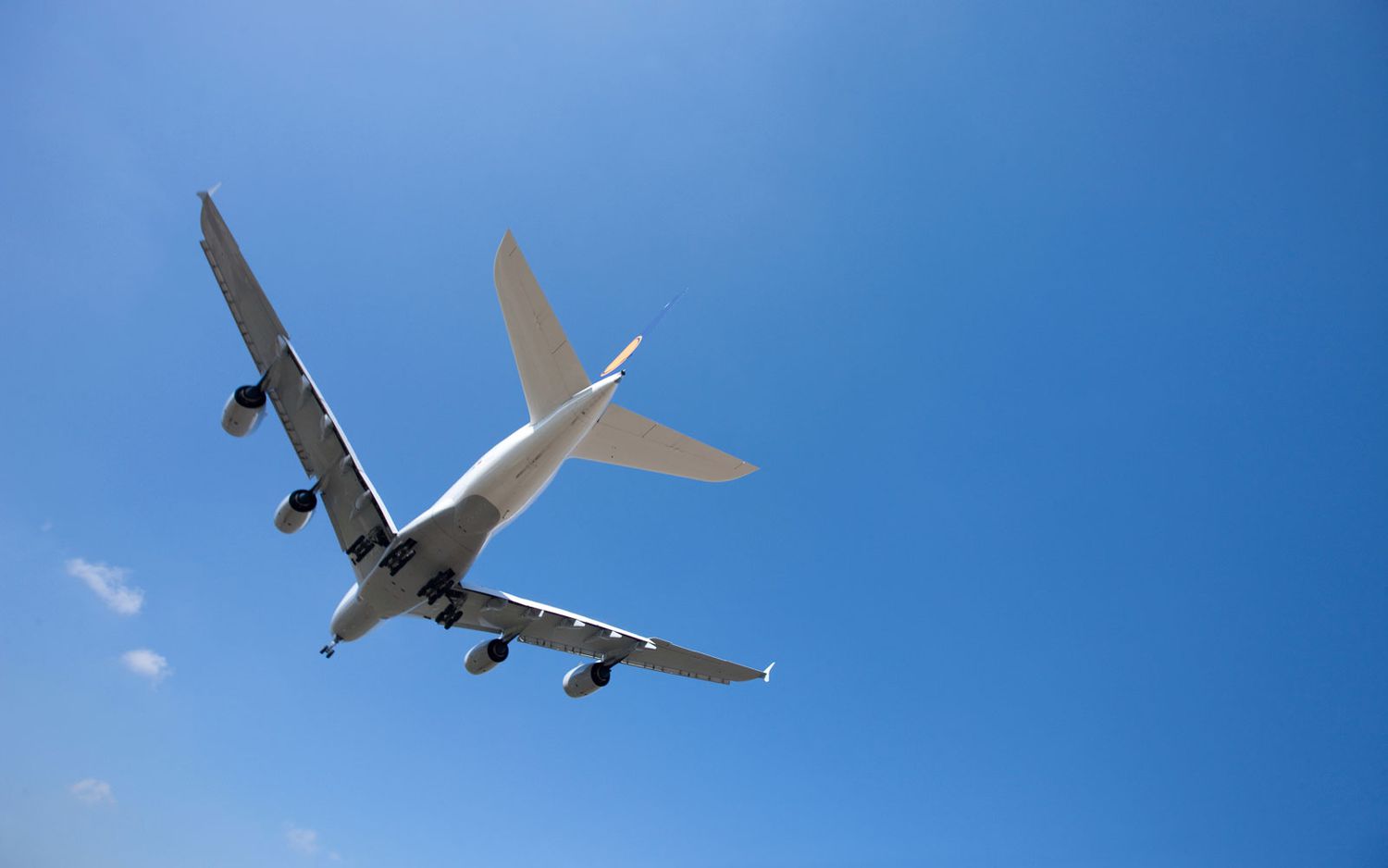
How safe is flying? Many people wonder about the safety of air travel. Flying is one of the safest modes of transportation. Thanks to strict aviation security protocols, passengers can feel confident when they board a plane. These protocols include rigorous screening processes, advanced technology, and well-trained personnel. Airports and airlines work together to ensure every flight is secure from takeoff to landing. From metal detectors to bomb-sniffing dogs, multiple layers of security protect travelers. Understanding these measures can help ease any anxiety about flying. Let's explore 16 facts about aviation security protocols that keep you safe in the skies.
Key Takeaways:
- Aviation security protocols are essential for keeping passengers and aircraft safe from terrorism and other threats. They involve advanced technology, international cooperation, and well-trained personnel to ensure a secure travel experience.
- Technology, such as biometric identification and automated security lanes, plays a crucial role in enhancing aviation security. Collaboration between countries and passenger awareness programs also contribute to a safer aviation industry.
The Importance of Aviation Security
Aviation security protocols are crucial for ensuring the safety of passengers, crew, and aircraft. These measures protect against threats such as terrorism, hijacking, and other criminal activities. Here are some fascinating facts about aviation security protocols.
-
The International Civil Aviation Organization (ICAO) sets global aviation security standards. These standards help ensure consistent security measures across different countries.
-
After the 9/11 attacks, the United States established the Transportation Security Administration (TSA) to oversee airport security. This agency has since implemented numerous security measures to prevent similar incidents.
-
Advanced imaging technology (AIT) scanners are used at many airports to detect concealed items. These scanners can identify both metallic and non-metallic threats.
-
The Federal Air Marshal Service (FAMS) places undercover armed agents on flights to deter and respond to potential threats. These marshals are trained to handle various security situations.
-
Cockpit doors on commercial aircraft are reinforced to prevent unauthorized access. This measure helps protect pilots and maintain control of the aircraft.
-
Passenger and baggage screening processes have become more stringent over the years. This includes the use of X-ray machines, metal detectors, and explosive trace detection (ETD) devices.
Technological Advancements in Aviation Security
Technology plays a significant role in enhancing aviation security. Innovations in this field help detect and prevent potential threats more effectively.
-
Biometric identification systems, such as facial recognition and fingerprint scanning, are increasingly used at airports. These systems help verify the identity of passengers and reduce the risk of identity fraud.
-
Automated security lanes (ASLs) streamline the screening process by using advanced technology to sort and screen passengers more efficiently. This reduces wait times and improves overall security.
-
Canine units are employed at many airports to detect explosives and other contraband. These highly trained dogs can quickly identify potential threats and alert their handlers.
-
Cybersecurity measures are essential for protecting aviation systems from cyberattacks. These measures include firewalls, encryption, and regular system updates to safeguard sensitive information.
International Cooperation and Regulations
Global collaboration is vital for maintaining aviation security. Countries work together to develop and implement security protocols that protect passengers and aircraft worldwide.
-
The ICAO's Universal Security Audit Programme (USAP) assesses the security measures of member states. This program helps identify areas for improvement and ensures compliance with international standards.
-
The European Union (EU) has its own set of aviation security regulations, known as the Common Aviation Area (CAA). These regulations aim to create a unified approach to aviation security across EU member states.
-
The International Air Transport Association (IATA) works with airlines and governments to develop security guidelines and best practices. This collaboration helps improve security measures and promote a safer aviation industry.
The Human Element in Aviation Security
Human factors play a crucial role in aviation security. Training and vigilance are essential for detecting and responding to potential threats.
-
Security personnel undergo extensive training to recognize suspicious behavior and identify potential threats. This training includes both classroom instruction and hands-on exercises.
-
Passenger awareness programs educate travelers about security procedures and encourage them to report suspicious activity. These programs help create a more secure environment for everyone.
-
Crew Resource Management (CRM) training teaches flight crews how to work together effectively during security incidents. This training emphasizes communication, decision-making, and teamwork to ensure a coordinated response.
The Final Descent
Aviation security protocols are crucial for keeping air travel safe. From rigorous screening processes to advanced technology, these measures ensure passengers and crew can fly with peace of mind. TSA agents work tirelessly, often behind the scenes, to prevent threats and maintain order. Behavior detection officers add another layer of security by identifying suspicious activities.
Random checks and pre-screening programs like TSA PreCheck streamline the process, making it more efficient without compromising safety. Canine units and explosive detection systems further bolster defenses. International cooperation ensures that security standards are consistent worldwide.
Understanding these protocols can make your next trip smoother and less stressful. So next time you're at the airport, remember the extensive efforts in place to protect you. Safe travels!
Frequently Asked Questions
Was this page helpful?
Our commitment to delivering trustworthy and engaging content is at the heart of what we do. Each fact on our site is contributed by real users like you, bringing a wealth of diverse insights and information. To ensure the highest standards of accuracy and reliability, our dedicated editors meticulously review each submission. This process guarantees that the facts we share are not only fascinating but also credible. Trust in our commitment to quality and authenticity as you explore and learn with us.


